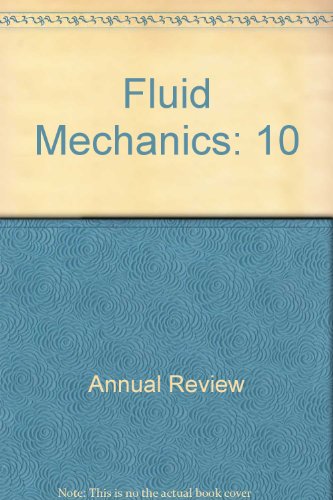木星和土星天气层的动力学:卡西尼号和朱诺号之后的综合
IF 30.2
1区 工程技术
Q1 MECHANICS
引用次数: 0
摘要
直到最近,对太阳系巨行星的观测还局限于对它们大气层中相对较浅的区域进行采样,这给更深层的动力学留下了许多不确定性。然而,卡西尼号和朱诺号前往土星和木星的任务已经开始解决这些问题,例如,通过测量它们的重力和磁场。结果表明,纬向相干喷流和云带延伸到流体电导率变得显著的水平,而大尺度涡旋,如大红斑,相对较浅,但可能有很深的根源。极地地区也表现出强烈的气旋漩涡,在木星上,它们排列成非常规则的“漩涡晶体”。数值模型似乎能够捕捉到其中的一些复杂性,但许多问题仍未解决,这表明需要能够充分真实地代表深层和浅层过程的模型,以便与观测结果进行比较。预计流体力学年度评论的最终在线出版日期,第56卷是2024年1月。修订后的估计数请参阅http://www.annualreviews.org/page/journal/pubdates。本文章由计算机程序翻译,如有差异,请以英文原文为准。
The Dynamics of Jupiter's and Saturn's Weather Layers: A Synthesis After Cassini and Juno
Until recently, observations of the giant planets of our Solar System were confined to sampling relatively shallow regions of their atmospheres, leaving many uncertainties as to the dynamics of deeper layers. The Cassini and Juno missions to Saturn and Jupiter, however, have begun to address these issues, for example, by measuring their gravity and magnetic fields. The results show that the zonally coherent jets and cloud bands extend to levels where the electrical conductivity of the fluid becomes significant, whereas large-scale vortices, such as the Great Red Spot, are relatively shallow but may have deep-seated roots. The polar regions also exhibit intense cyclonic vortices that, on Jupiter, arrange themselves into remarkably regular “vortex crystals.” Numerical models seem able to capture some of this complexity, but many issues remain unresolved, suggesting a need for models that can represent both deep and shallow processes sufficiently realistic ally to compare with observations.Expected final online publication date for the Annual Review of Fluid Mechanics, Volume 56 is January 2024. Please see http://www.annualreviews.org/page/journal/pubdates for revised estimates.
求助全文
通过发布文献求助,成功后即可免费获取论文全文。
去求助
来源期刊
CiteScore
54.00
自引率
0.40%
发文量
43
期刊介绍:
The Annual Review of Fluid Mechanics is a longstanding publication dating back to 1969 that explores noteworthy advancements in the field of fluid mechanics. Its comprehensive coverage includes various topics such as the historical and foundational aspects of fluid mechanics, non-newtonian fluids and rheology, both incompressible and compressible fluids, plasma flow, flow stability, multi-phase flows, heat and species transport, fluid flow control, combustion, turbulence, shock waves, and explosions.
Recently, an important development has occurred for this journal. It has transitioned from a gated access model to an open access platform through Annual Reviews' innovative Subscribe to Open program. Consequently, all articles published in the current volume are now freely accessible to the public under a Creative Commons Attribution (CC BY) license.
This new approach not only ensures broader dissemination of research in fluid mechanics but also fosters a more inclusive and collaborative scientific community.

 求助内容:
求助内容: 应助结果提醒方式:
应助结果提醒方式:


